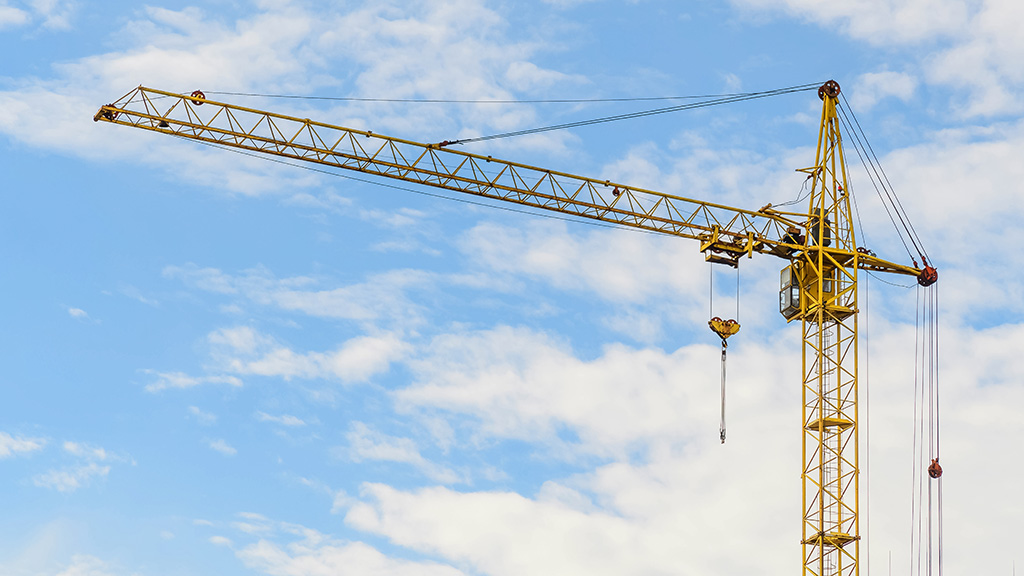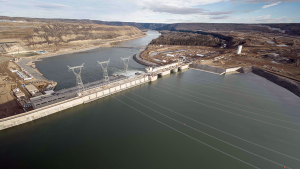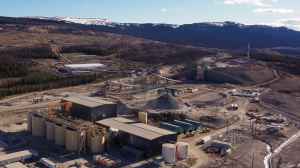A new amendment meant to improve tower crane safety in B.C. will take effect Oct. 1 and requires employers to submit a notice of project (NOP) in advance of tower crane erection, climbing, repositioning and dismantling.
The proposed amendments will also require these activities to be done under the direction of a qualified supervisor.
WorkSafeBC senior manager of prevention field services Suzana Prpic explained how the amendment will enhance preparedness before a tower crane is implemented for a project.
“In a notice of project, when tower crane work is being conducted, two weeks before we would be notified and can have a conversation about the safe work procedures that the individuals involved in either erecting the crane or repositions, dismantling, the different phases involved, all the different phases of operation, to make sure that the personal involved is aware and the project can proceed safely,” Prpic said.
The tower crane amendment provides “additional information and opportunity to WorkSafeBC to consult, educate and engage with the employer, prime contractor and supervisors so that we can assure that every requirement is covered off,” she said.
“That includes a review of training records, competencies, qualifications.”
Under the new amendment, a qualified supervisor must verify the crane has been erected, climbed or repositioned according to the manufacturer’s specifications, or the specifications of a professional engineer, if the engineer has authorized the crane to be erected, climbed or repositioned otherwise. Previously, the erector of the tower crane could make this verification.
If the climbing or repositioning of a tower crane affects connections, bracing or shoring certified by a professional engineer before the tower crane is put into service, a professional engineer must certify any parts of the tower crane affected by the climbing or repositioning have been properly installed, and the connections to and any bracing or shoring of the building or structure supporting the tower crane are in place, the amendment stated.
The amendment also addresses overload prevention systems, stating if a tower crane is erected, climbed or repositioned, a qualified person must adjust the overload prevention system as necessary according to the manufacturer’s specifications or the specifications of a professional engineer.
Previously the erector of a tower crane had to adjust the overload prevention system as necessary to meet the load chart for the crane as erected.
Several crane-related incidents occurred in and around Vancouver in early 2024, including one incident at the Oakridge complex in South Vancouver on Feb. 21 where Yuridia Flores was struck and killed.
WorkSafeBC and BC Crane Safety met with crane employers and the International Union of Operating Engineers Local 115 in early March to discuss the proposed regulation requiring employers to submit a notice of project for tower crane erection, dismantling, climbing and repositioning.
“There have been some enhancements. I can say we’ve gleaned huge perspective and insight from industry representatives, the power crane community and key stakeholders in this whole discussion. They provided feedback in areas related to the safety framework in areas (such as) training, qualifications, supervision, work co-ordination and overall planning for this work,” Prpic said.











Recent Comments
comments for this post are closed